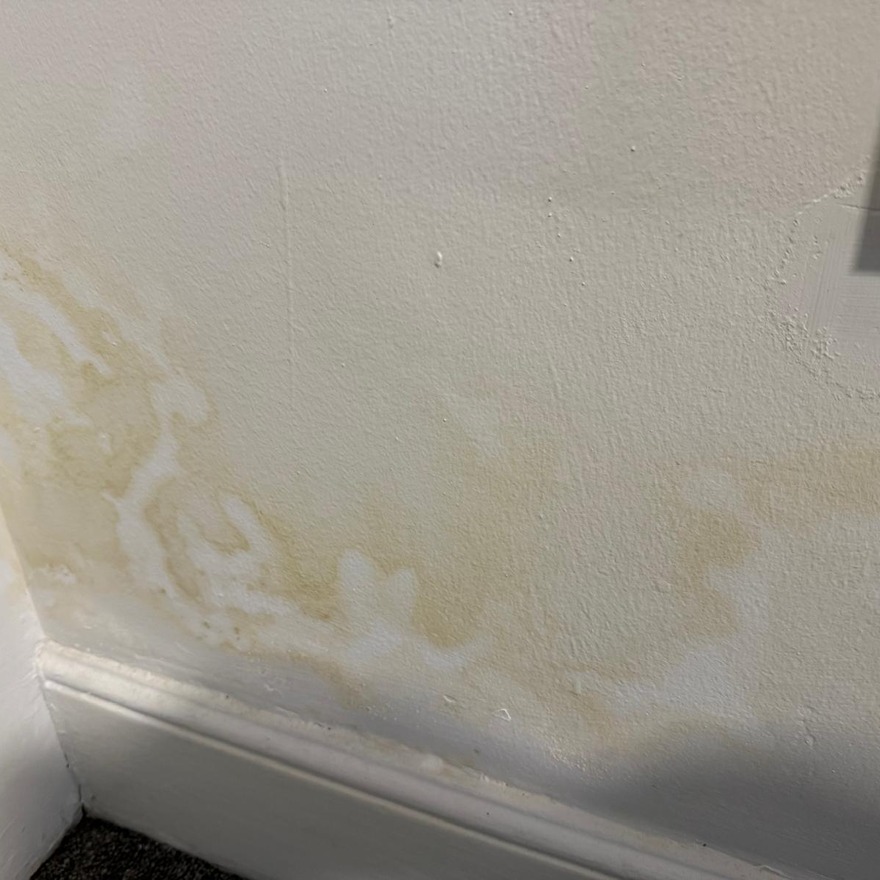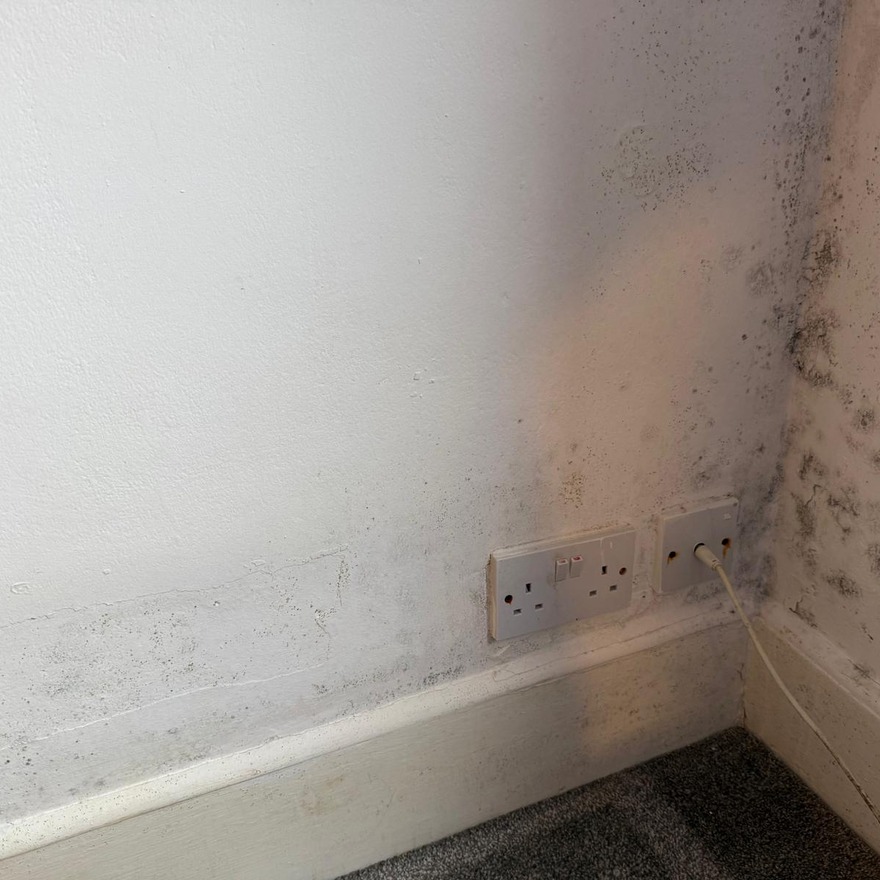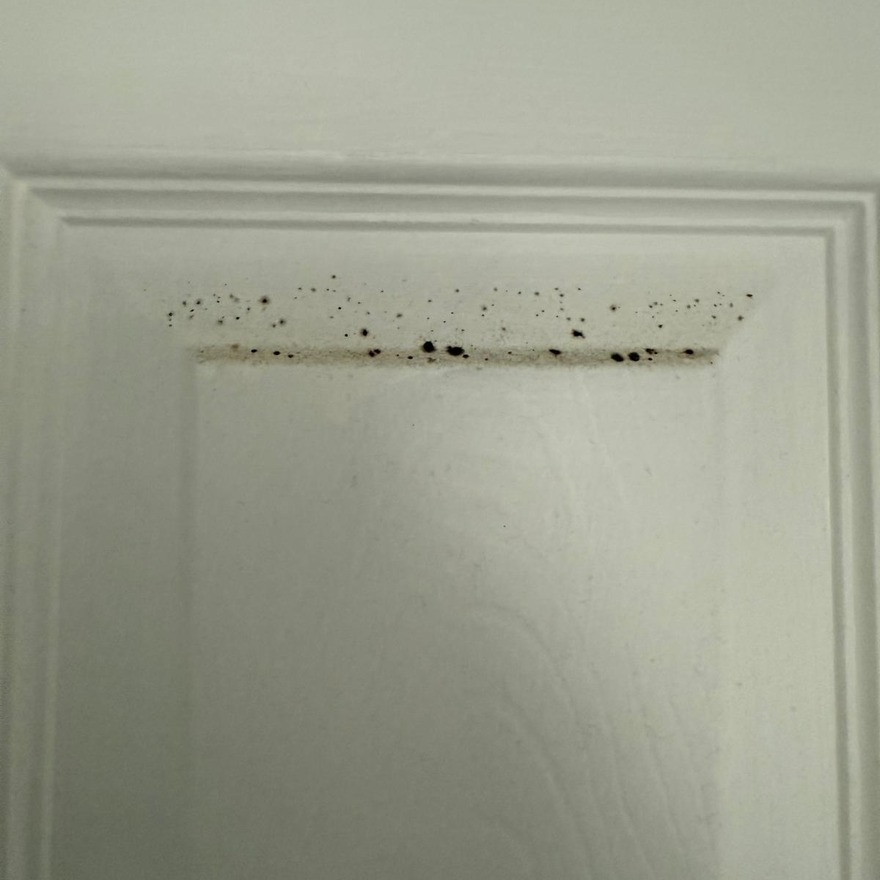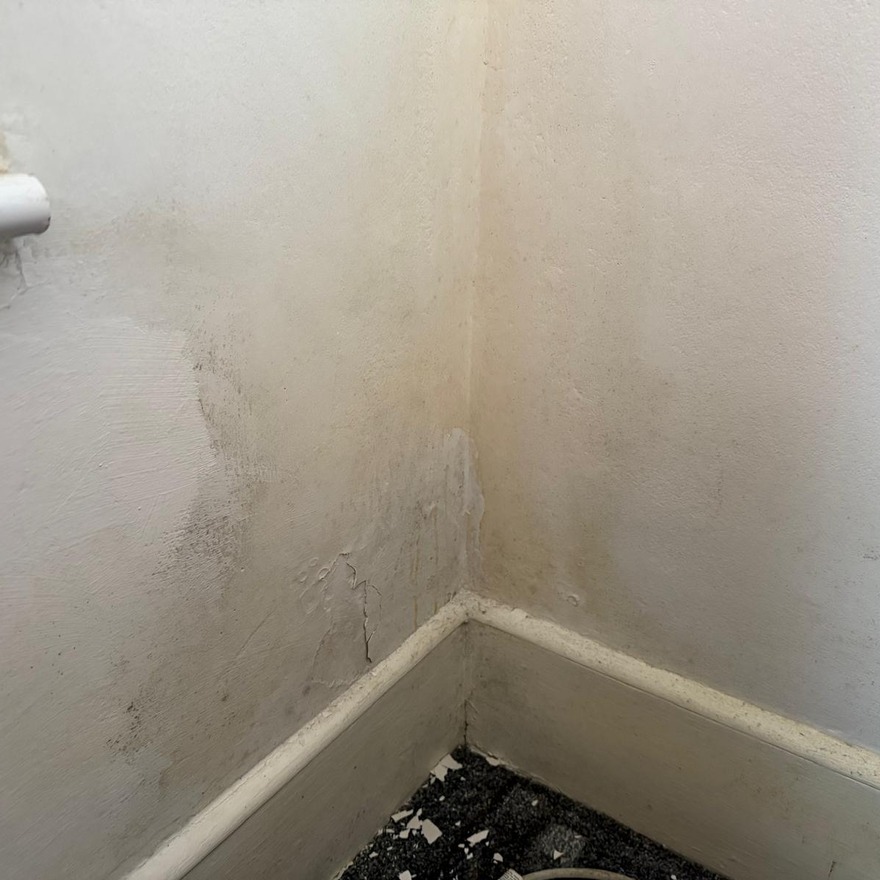
Exposure to mould in both residential and commercial buildings can result in various adverse health effects, particularly impacting the respiratory system, skin and eyes.
The severity of these effects may differ based on the extent of exposure and individuals’ susceptibility.
Type of Toxic Moulds
Toxic moulds refer to fungi that produce mycotoxins-toxic compounds harmful to humans and animals.
These moulds can grow in damp environments, both indoors and outdoors, and exposure typically occurs through inhalation, ingestion, or skin contact.
Below is an organised overview:
| Type | Description | Health Effects |
| Stachybotrys | Black mould. Thrives in damp, celluelose-rich materilas. Common Locations: Water-dmaged buildings (ie. damp, drywall, ceilling tiles) | Severe: Respiratory issues, headaches, mycotoxicosis (chronic exposure). |
| Aspergillus | Common in HVAC systems. Appears green/yellow | Allergies, asthma, invasive infections (immunocopromised). Liver cancer (aflatoxins), allergic reactions, aspergillosis (lung infections). |
| Cladosporium | Olive-green/brown. Grows on fabrics and carpets. | Allergic reactions, sinusitis, skin rashes. |
| Penicillium | Blue/green. Found on water-damaged materials | Asthma exacerbation, hypersensitivity pneumonitis. |
Health and Respiratory Effects
Asthma
Mould exposure is linked to the development and exacerbation of asthma. It can elevate the risk of developing asthma by 30-50% and may account for up to 21% of current asthma cases.
Upper Respiratory Symptoms:
- Coughing
- Wheezing
- Nasal congestion
- Runny nose
- Sore throat
Respiratory Issues:
- Shortness of breath
- Respiratory infections
- Bronchitis
Hypersensitivity Pneumonitis:
This condition can manifest in susceptible individuals (112).
- Skin and Eye Effects
- Allergic reactions, including skin rashes
- Eye irritation and conjunctivitis
Other Health Impacts
- Eczema (1)
- Allergic rhinitis 131
- Headaches and fatigue (in cases of prolonged exposure) (3)
- In severe instances, fungal infections and toxic reactions leading to memory problems.
Vulnerable groups
Certain individuals may have increased susceptibility to mould related health issues, including
- Individuals with compromised immune systems
- Those with pre-existing respiratory conditions
- Children and the elderly
Mental health impact.
The presence of mould can also negatively impact occupant mental health due to:
- Concerns about health implications.
- Unpleasant living conditions.
- Damage to property and belongings.
It is important to note that even the absence of visible mould, dampness alone can elevate the risk of health problems by promoting the growth of microorganisms such as bacteria and dust mites.
The longer the mould issue remains unaddressed, the more pronounced the health impacts and risks are likely to become.





